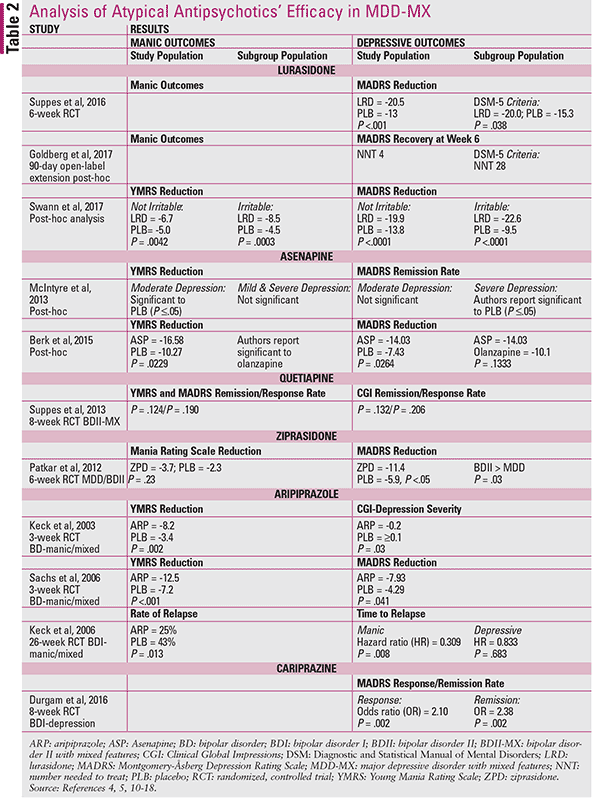

Overactivity of the hypothalamic- pituitary- adrenal axis (increased dopamine activity) is believed to play a major role.Psychotic features occur only alongside a major depressive episode.Psychotic features, such as delusions and hallucinations, which are usually mood-congruent ( delusions and hallucinations are often about worthlessness, guilt, death, and hopelessness).Features of MDD (see diagnostic criteria for major depressive disorder).Major depression accompanied by psychotic symptoms.Major depressive disorder with psychotic features MAO inhibitors can be effective although not commonly prescribed due to their side effects.Interpersonal rejection sensitivity that leads to social and occupational impairment.Leaden paralysis (legs and arms feel heavy).Two or more of the following features are present:.Mood reactivity: brightening of mood in response to positive events, which is usually not the case in classical MDD.Major depressive disorder with atypical features Light therapy has been shown to improve symptoms.Patients present with typical symptoms of MDD alongside atypical ones, such as weight gain and requiring more sleep.Symptoms must be present for ≥ 2 consecutive years and for the majority of years in a lifetime.Occurs in a yearly, season-specific pattern (commonly in fall or winter).Major depressive disorder with seasonal pattern ( seasonal affective disorder, winter depression) “ DICES GAPS” ( D or I must be present for diagnosis): D epressed mood (can present as irritability in children), Interest loss ( anhedonia), Concentration (poor concentration or difficulty making decisions), Energy (low energy or fatigue), Sleep ( insomnia or hypersomnia), Guilt (low self-esteem), Appetite (decreased appetite or overeating), Psychomotor agitation or retardation, and S uicidal ideation are the features of the major depressive disorder. For a diagnosis of major depressive disorder, the following two criteria must also be present: the symptoms are not due to another psychiatric disorder AND there is no history of a manic or hypomanic episode. The presence of symptoms from criteria A to C constitutes a major depressive episode.

Depressive episodes are considered recurrent when there is a gap of at least two months between episodes during which the criteria for MDD are not met. There is no history of a manic or hypomanic episode.Ī to E refer to a single depressive episode. Symptoms are not due to another psychiatric disorder.

Symptoms are not due to the effects of psychoactive substances or organic disease. There is clinically significant distress or impaired functioning in important areas of life (e.g., work, school).



 0 kommentar(er)
0 kommentar(er)
